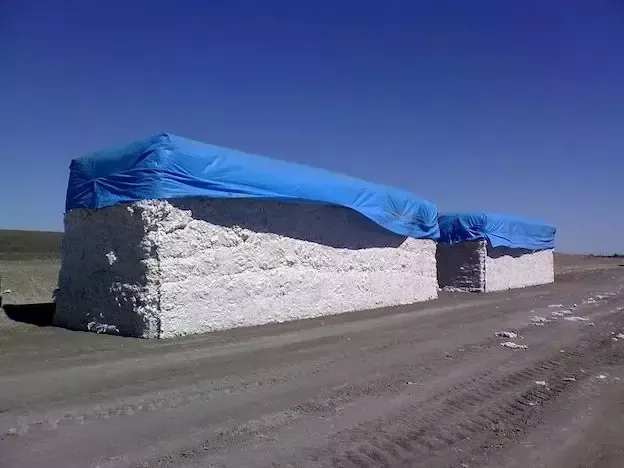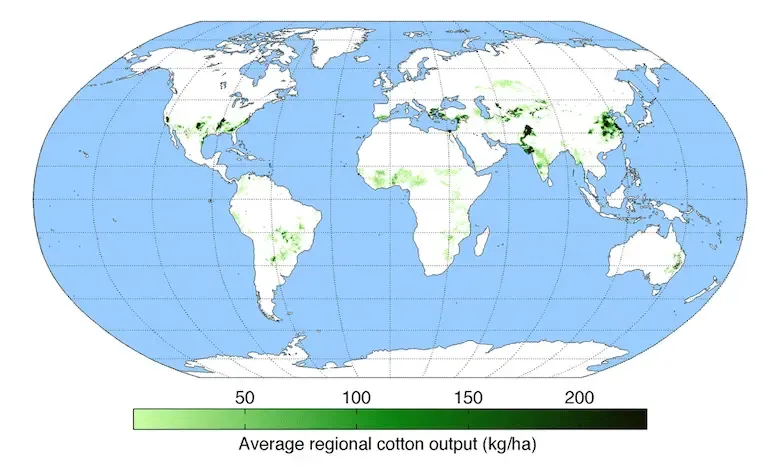How to Create a Homeschool Botany Unit Study About Cotton
In my cotton field YouTube video episode, I take my viewers on a short nature walk beside a cotton field in Ehrenberg, AZ. It was the week before Christmas and I was just itching to get out from behind my computer and take a nice relaxing nature walk. It was my opportunity to not just get outdoors and connect with nature, but, a chance to model the makings of a home or school educator's botany thematic unit study.
My dog Rochelle, who was 10 years old at the writing of this post, had bad arthritis in her back hips. She refused to join me anymore for very long walks. She stayed behind at camp laying on her carpet with her dog bowl emptied of its kibble but with plenty of water in her bowl. Off I trekked, without my beloved dog, down the dusty dirt road and amused myself and my homeschool and roadschool viewers with my walk not far from the southwestern Arizona and California border near the Colorado river.
How Does Cotton Begin as a Ball and End Up In Your Shirt?

As I approached the already harvested cotton field, I noticed there was a huge container for the organic fertilizer. I was impressed. Organic fertilizer! Yaaay! It's always such a pleasant surprise seeing farmers adopt healthy practices that both benefit hte land and the people that will be wearing or eating the cotton products. When I say "eat" cotton products, for example, this means either eating packaged foods in which cottonseed oil is added or using cottonseed oil for cooking purposes.
On previous nature walks, I had observed the cotton picker tractors as they were harvesting the cotton fields. Not knowing much about cotton harvesting before my nature walk now turned into a mini cotton unit study, I did some research.
The great mounds in the field that look like "loaves" of bread are harvested cotton called bales or modules. There are fancy machines that will cut the harvesting time in half by using more efficient cotton pickers that both harvest and create the "modules".
Trucks will pull up and easily slip the "giant loaves" of cotton straight into the trucks which then haul them off to the cotton mills.
Leading question to ask kids for researching cotton's manufacture:
"How does cotton begin as a ball and end up in your shirt?"
Ancient Cotton History
Observing and videoing the cotton field also got me curious about the history and production of cotton. Therefore, I dug deeper researching about the cotton industry across human history.
The earliest account of its production were from 7000 B.C. with cotton remains found in a Mexican cave. Archaeologists found cotton threads along with a cotton cloth.
In the Indus River Valley in Pakistan, evidence of cotton fibers were found preserved in cotton beads. Cotton cultivation began in the Indus Valley between 3300 and 1300 B.C. Through the ages, it has been a staple product for clothing including uses as towels, sheets, and curtains.
Cottonseeds are crushed and sued as food for cattle. So much of what we ate and use for clothing and apparel is made of cotton. Cotton is found in soaps, ice-cream, margarin, cosmetics, and even pharmaceutical drugs.

What Subjects Can You Address in a Cotton Unit Study?
Cotton affords a great home and school thematic unit study experience. Beginning with the botanical properties of the plant itself, or rather more precisely, the shrub, we study its life history including how and where it best grows and what eats it.
Mathematics can be incorporated in a cotton unit study by using numbers for weighing the bales of cotton (typically 500 pounds).
Estimation can be utilized by estimating the number of seeds per cotton ball and unbers of plants to be harvested in the field.
I would say that history is most likely the biggest core subject that can be taught with cotton. The story of cotton can be traced back to domestication of animals. Cotton had an important role and is yet important in the history of India, Australia, Great Britain, and the United States. We can look at a cotton history timeline and brush up on US history.
Cotton Leading Question #2 to Ask Your Learners:
Over time, how have humans used and still use cotton?
Since the beginning of American colonization in 1607, there were African slaves working in the cotton fields. Sadly, the slave trade was big and they were used in the painstaking process of harvesting cotton fields by hand. Before the cotton "gin" was invented in 1773 by Eli Whitney, a young yankee school teacher, slaves were used to remove the seeds from the cotton fibers. The "gin" refers to the machine or "engine" of the machine that separates the cotton fibers from their seeds from a cotton plant's fibers was a very slow and laborious task. With Eli's cotton gin, a slave could produce a 100 pound of cotton per day, compared with the only one pound produced by hand!
Cotton Leading Question #3:
How did the cotton gin invention change the life of slave labor?
During the mid 1800's - 1938, chid labor was used in the cotton mills. The child laborers were mainly among the poor immigrants who were found in cotton mills. Young boys and girls as. young as 5 or 6, had various duties ranging from maintaining the cotton mils' machinery to fixing spool thread.
Child labor became unconstitutional after Congress passed the Fair Labor Standards Act in 1938.
Cotton Geography Unit Study Connections
Naturally, geography goes hand-in-hand with your history studies. This map below shows us the worldwide cotton production. If your child is hyper-excited about studying a particular cotton producing culture or geographic area, they could select a state, country or continent and do their cotton studies around how that are of the world produces and uses cotton. They can study that region's history literature, culture and more using cotton as their research jump off point.

Cotton and Art Unit Study Connection
What art connections can we derive from studying cotton? There are numerous art projects using cotton balls alone! The very act of quilting typically uses cotton materials in the quilts. While most home and school educators may not have the time or will to facilitate an entire quit project for their families or classrooms. But, you can consider doing smaller quilt projects, such as a little 2X2 quilt that can hang on a wall. I found one at a thrift store that I like to hang up in my campervan.
7 Cotton Art Projects
- 10 Cozy DIY Cotton Balls and Plant Crafts For Winter
- Cotton Ball Sheep Craft
- 3D Cotton Ball Sheep
- Cotton Balls Penguin Craft
- Cotton Ball Ghost Craft
- Cotton Ball Painting (adapt for any age)
- Pine Cone and Cotton Ball Snowy Owl Craft
Conclusion
Check out NatureGlo's Cotton Unit Study Internet Activities and resources I've gathered for you. It's loaded with the best of the web content about cotton's use, production and cross-curricular connections and resources. This includes interactive activities and educational videos about cotton.
Talk soon,
NatureGlo
